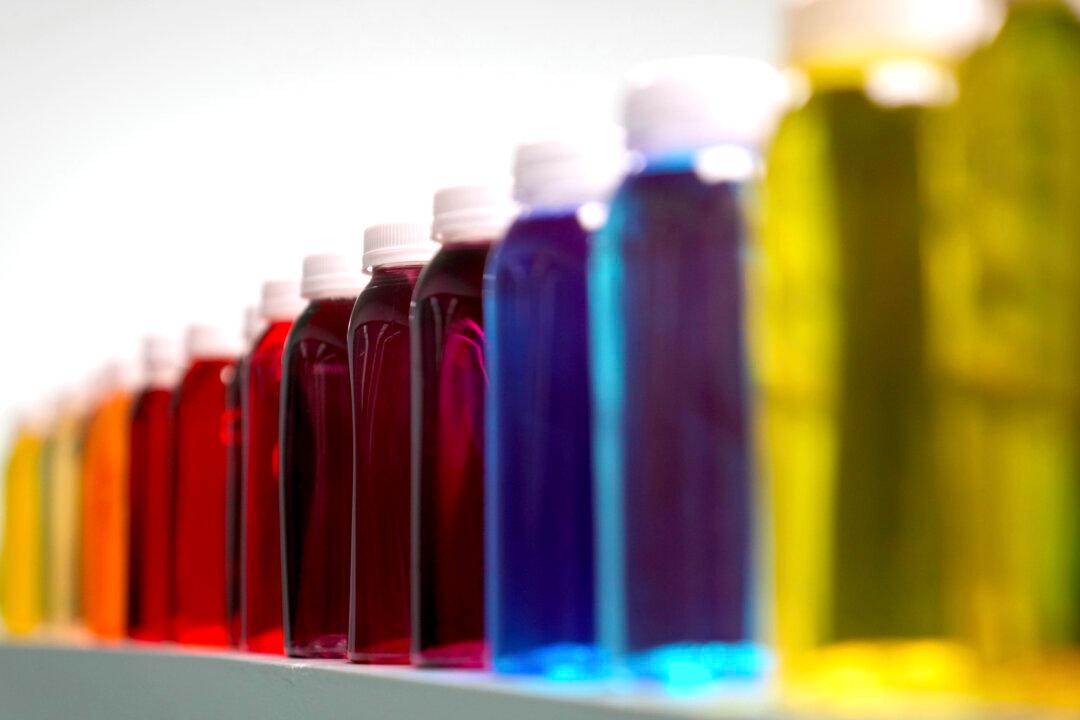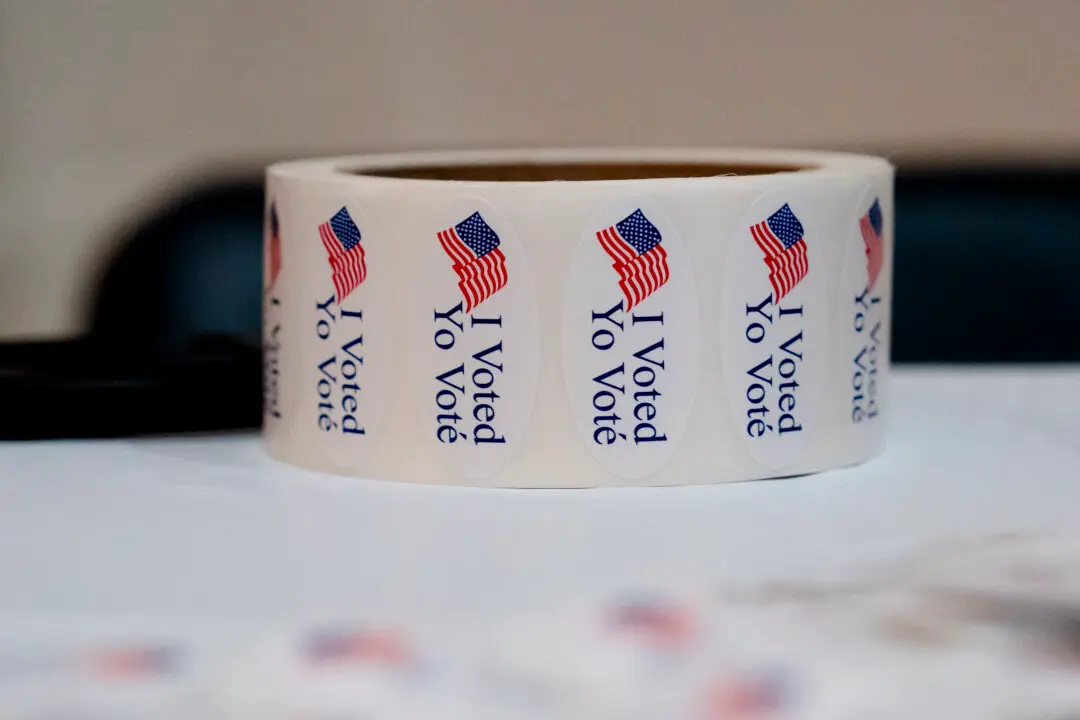The U.S. Food and Drug Administration (FDA) has approved three color additives derived from natural sources for use in food products, responding to increasing public concern over the health risks associated with synthetic dyes.
The agency on May 9 approved two new natural color additive options and expanded approval of a third one. They are Galdieria extract blue, butterfly pea flower extract, and calcium phosphate.





